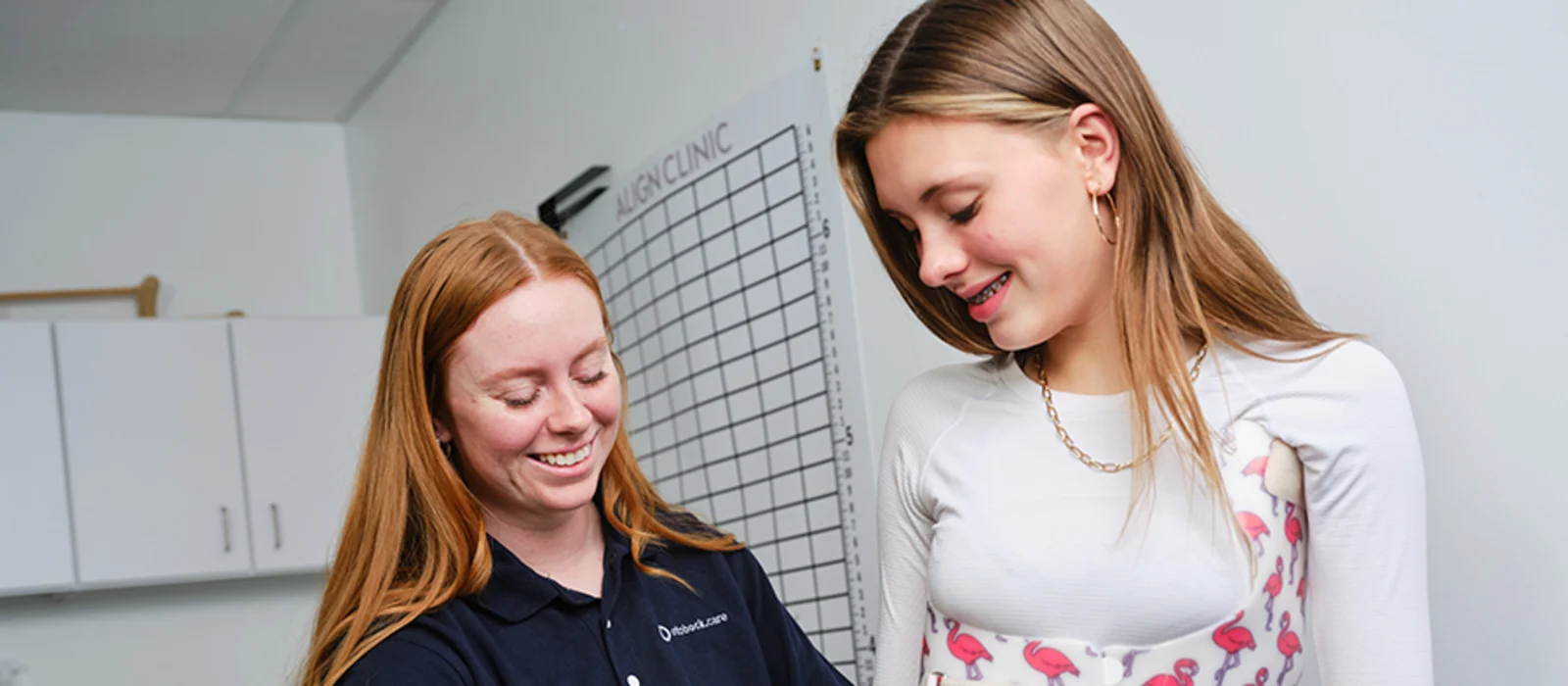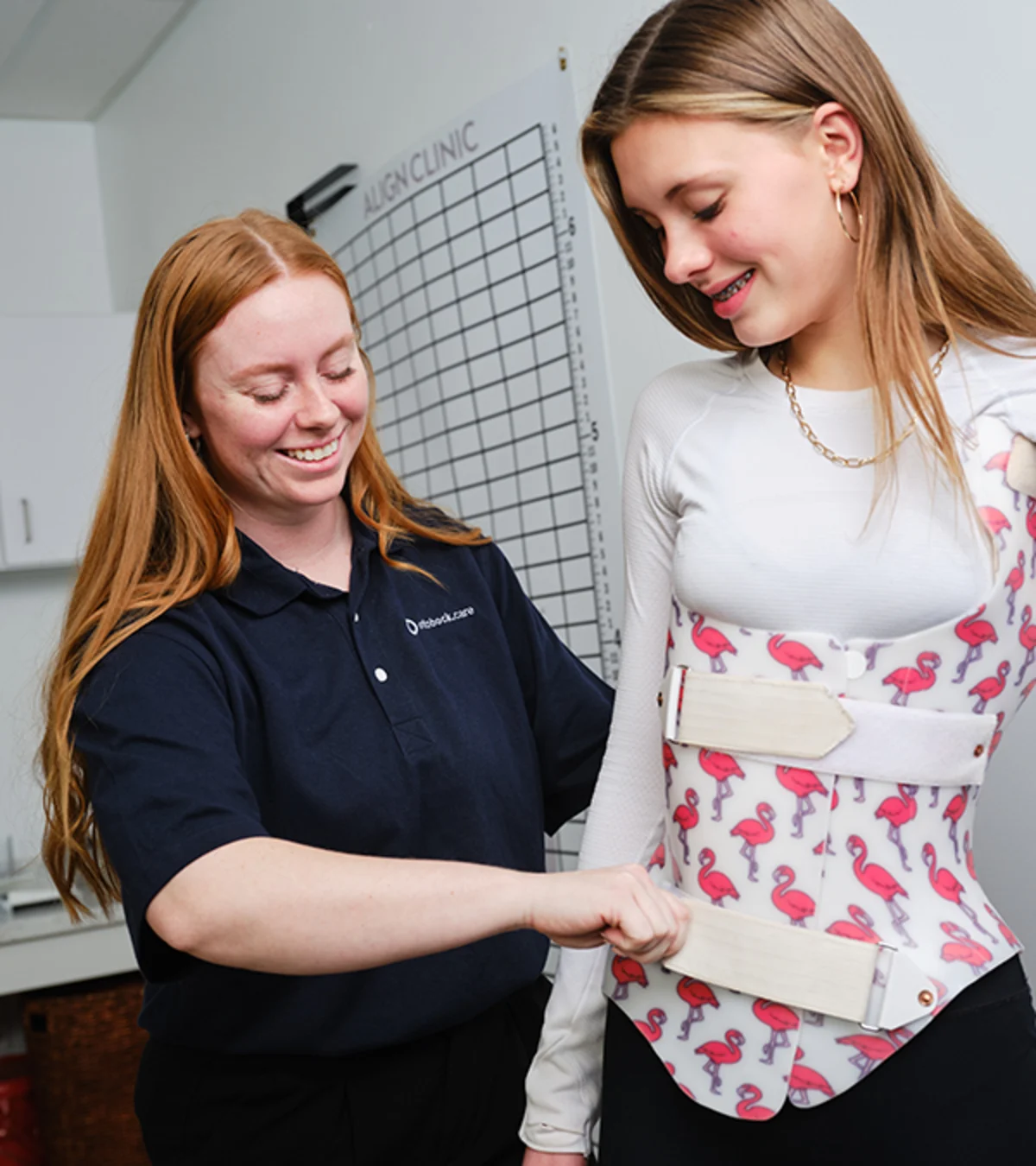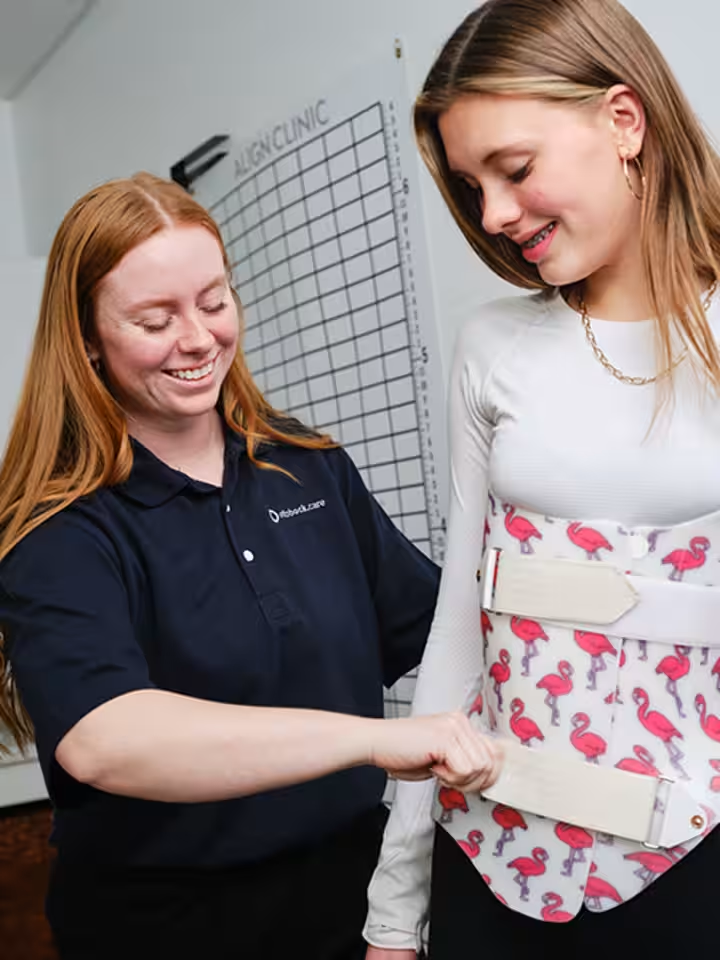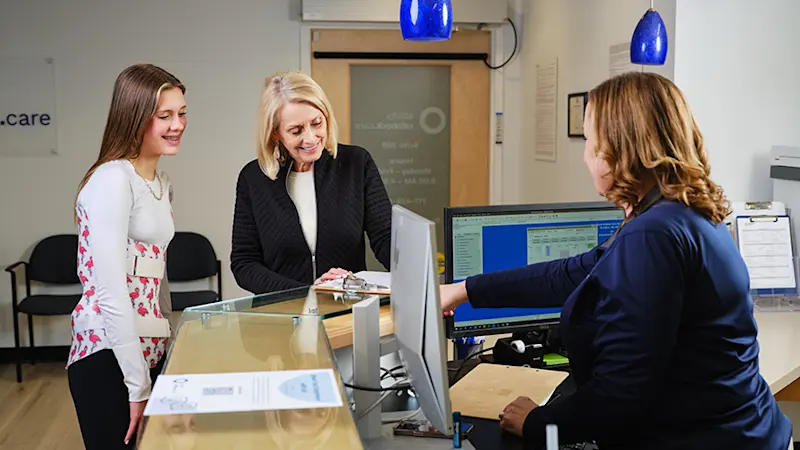Understanding Scoliosis: Early Detection and Treatment Strategies



As we delve into Scoliosis Awareness Month, it’s crucial to shed light on this condition that affects millions worldwide. Scoliosis is not just a spinal curvature; it can significantly impact an individual's quality of life. However, with awareness comes understanding, and with understanding comes effective treatment. Join us as we explore the intricacies of scoliosis and the treatment options available to those affected.
Every June, Scoliosis Awareness Month serves as a platform to educate the public about this condition and promote early detection and treatment. It's an opportunity for individuals living with scoliosis to share their stories, raise awareness, and advocate for better support and resources.
What is Scoliosis?
Scoliosis is a condition characterized by an abnormal curvature of the spine, often in a sideways direction. While it can develop at any age, it most commonly occurs during adolescence. The severity of scoliosis can vary greatly, ranging from mild to severe curvature. Common symptoms include uneven shoulders, a prominent ribcage, and one hip higher than the other. In severe cases, scoliosis can lead to discomfort, pain, and even respiratory issues due to reduced space in the chest for the lungs to expand.

Early Detection Matters
Regular checkups can help detect scoliosis early. However, knowing the signs can also be helpful for early identification. Parents and guardians should look for signs such as uneven shoulders, an asymmetrical waist, or one hip higher than the other. Early detection is crucial as it can lead to more effective management and treatment of the condition, potentially preventing the need for surgical intervention.
Grasping Severity Levels
Scoliosis curves can range from mild (most common) to severe. The severity of the curve and whether the person is still growing determine the treatment options. Mild cases may only require regular monitoring, while moderate to severe cases might need more intensive intervention such as bracing or surgery. Understanding the severity of the condition is key to developing an effective treatment plan.
Treatment Options
There are varying levels of treatment depending on the severity in the curvature of the spine. Treatment could look like monitoring the progress, wearing a corrective brace, physical therapy, or even surgery in severe cases. Here’s a quick look into the treatment types and who they might be right for:
Monitoring
Regular check-ups to monitor the progression of the curvature.
Recommended for mild cases or young patients still growing.
Physical Therapy
Customized exercises to strengthen the muscles supporting the spine.
Can help improve posture and reduce pain.
Bracing
Corrective braces to align and prevent further curvature of the spine.
This is what Ottobock.care specializes in for scoliosis treatment.
Surgery
Reserved for severe cases where bracing and physical therapy are insufficient.
Procedures such as spinal fusion can help correct and stabilize the spine.

Deciphering Scoliosis Bracing
Scoliosis treatment plans often involve braces to help manage and correct the curvature of the spine. Ottobock.care is proud to specialize in custom orthotics such as scoliosis bracing, and we want to help you understand the options when it can feel overwhelming. This section will provide a brief overview of some common scoliosis braces to help you navigate this decision alongside your healthcare provider.
For advanced needs: Offers a custom-designed approach for targeted correction.
Expert Teamwork: A team of specialists, including your doctor, physical therapist, and a WCR-certified orthotist, work together to assess your condition.
3D Precision: Advanced technology is used to analyze X-rays and clinical photos of your unique curve.
Targeted Correction: The WCR brace works in multiple directions, gently guiding your spine towards a corrected posture over time.
Boston Brace:
This full-time brace extends from underarms to hips, offering more comfort and movement than older models.
It’s designed for individuals with moderate scoliosis and is typically worn for 16-23 hours a day.
Charleston Brace:
This nighttime-only brace is less restrictive and designed for wear while sleeping.
It’s typically used for individuals with curves that are more flexible and aims to apply corrective forces to the spine while the patient sleeps.
Custom bracing is an intricate and personal choice, and our clinicians are here to guide your patients through their scoliosis journey alongside the dedicated care team.
Scoliosis Awareness Month is an excellent opportunity to learn more about scoliosis, its impact, and the various treatment options available. Early detection, understanding severity levels, and knowing the treatment options are crucial steps in managing this condition effectively. At Ottobock.care, we are committed to providing personalized care and support to help individuals with scoliosis lead healthier, more comfortable lives.
Contact us today to learn more about our treatment options and schedule a consultation with our experienced team. Together, we can navigate your scoliosis journey with compassion, expertise, and personalized care.